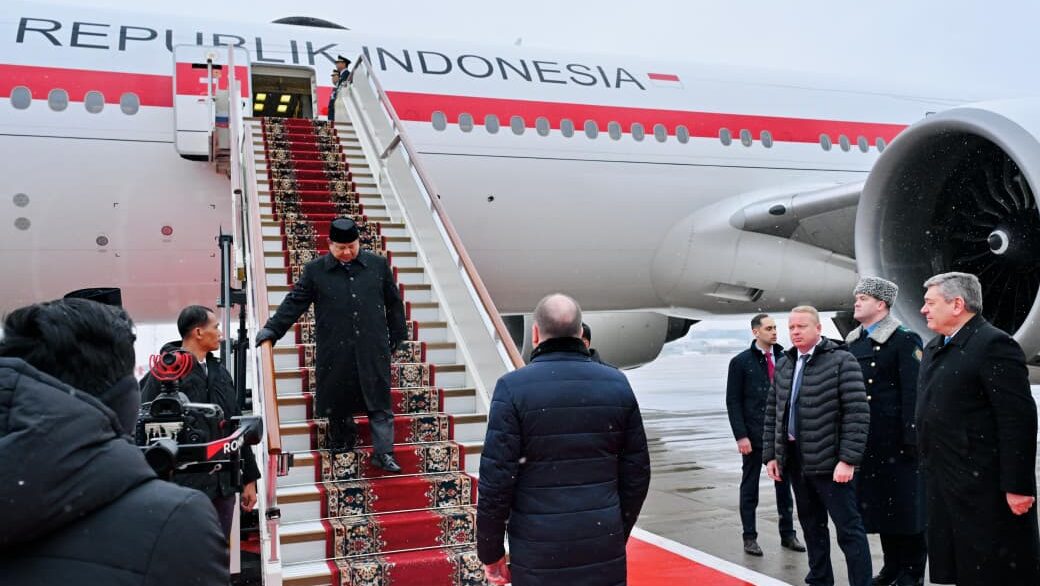Industry Ministry Issues Regulation on Domestic Component to Mobile Phone and Computer Tablet
In an effort to improve competitiveness of domestic cellphone, handheld computer, and tablet computer industries, the Indonesian Ministry of Industry on 26 July 2016 issued Regulation of the Minister of Industry Number 65 of 2016 on the Provisions and Procedures of the Calculation of the Value of Domestic Component Level (TKDN) of cellphones, handheld computers,and tablet computers.
The regulation, which was promulgated on 27 July 2016 and signed by the former Ministry of Industry Saleh Husin, is expected to improve competitiveness of the national industries and open up investment in the hardware and software sectors.
This regulation also includes the scheme of calculation based on software and investment. It is hoped that with the calculation of the Domestic Component Level (TKDN) to applications by 70 percent, it will open up markets for domestic software developers, Minister of Industry Airlangga Hartarto said in Jakarta on Thursday (1/9).
The Minister added that the provision of the calculation of the Domestic Component Level is in line with the Governments measure to stimulate the growth of creative economy in the country; thus it is expected that Indonesias young generation can be more creative in creating applications.
Later on, those applications can be installed in the cellphones that are sold or combined with games. Our hope is that the supplier of software can include Indonesian-made software and certainly the business run by Indonesias young generation can develop, Airlangga said.
The regulation in the Ministerial Regulatio encompassed provisions on the assessment of the TKDN, the procedure of the assessment of theTKDN, surveyor and supervision.
As for the provision of the assessment of the TKDN, it is applied to three aspects: manufacturing, development, and application.
Article 4 of the Regulation states that in the first scheme, it explains that the manufacturing aspect is subject to weight of 70 percent, the development 20 percent, and application 10 percent.
The weighting to the manufacturing aspect is applied to materials, workforce, and production machines.
For the materials, components that are calculated are among others touch screen, camera, circuit platform, battery, accessory,and packaging.
As for the calculation of workforce, it is applied to assembly, testing and packaging. Meanwhile, calculation to production machines is applied to assembling machines and testing machines.
In the development aspect, the weighting is applied to license or the rights of intellectual property, firmware or called as the software installed in hardware, industry design related to the composition of lines and colors or products, as well as the design of circuit position or element design.
In the meantime, in the application aspect, the weighting is applied for the stages of activities and component of calculation.
The said activity stages include specification of requirements, design of architecture, programming, testing of applications, and packaging of application,while the components of the calculation includes the design, intellectual property rights, labor, certificates of competency, and working tools, Airlangga said.
Airlangga added that the aspects of the application is detailed with the requirements as follows: the value of TKDN for the development of 8 percent in minimum, embedded applications (embedded system specific functions) to a mobile phone, handheld computer, or a tablet computer that calculated DCL, there are at least two local applications embedded or 4 local applications embedded the games, has a minimum of 250,000 active application users, processes injection of software in the country, using a server in the country, and have local application online shops.
The second scheme is explained on Article 23 of the Regulation determines the calculation of the value of TKDN for certain products to cellphones, handheld computers, and tablet computer with manufacturing aspects weights of 10 percent, 20 percent development, and application of the 70 percent.
Those certain products are obliged to meet the following requirements: TKDN value for the development of at least 8 percent, embedded applications to mobile phones, handheld computer, or a tablet computer that calculated DCL, there are at least seven local applications embedded or 14 local applications that are embedded games, have a minimum of one million active users for each application, the injection process software in the country, using servers in Indonesia, and has an online application store locally.
Furthermore, the third scheme, which is described in Article 25, it is explained that the calculation of TKDN-based investment. Its provisions, which apply to new investments, are carried out by the applicant submitted investment proposals and the TKDN value is calculated based on the total value of the investment.
The detailed investment is as follows: investment worth Rp250-400 billion received the amount of TKDN by 20 percent; investment worth Rp400-550 billion receives the amount of TKDN by 25 percent, valued at USD550-700 billion investment gain TKDN value of 30 percent, an investment of Rp700 billion – 1 trillion gain TKDN value of 35 percent, and the investment of more than Rp1 trillion get TKDN value of 40 percent.. (EN/Humas Kemenperin/ES) (EP/YM/Naster)









